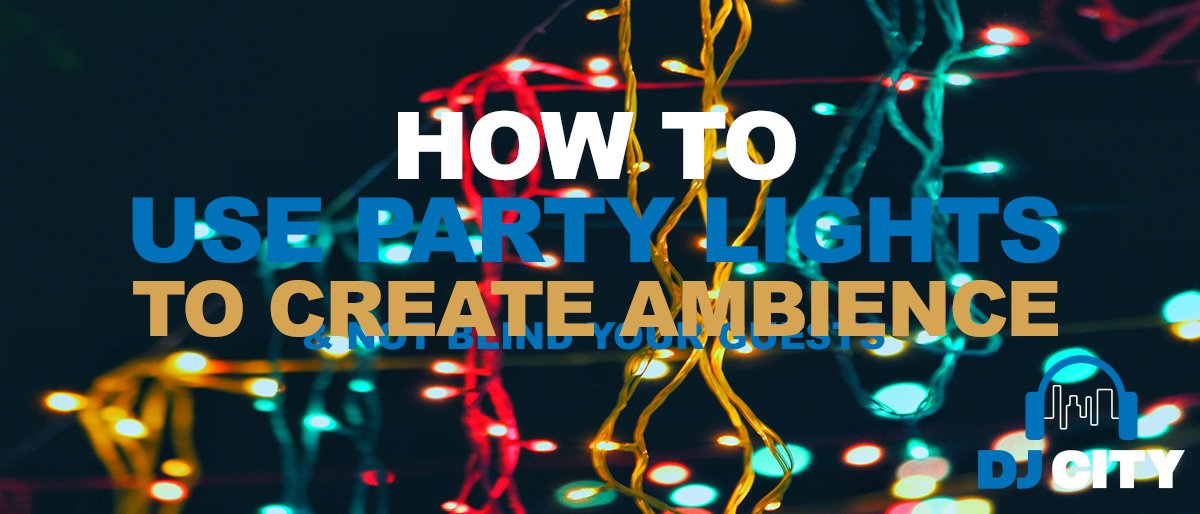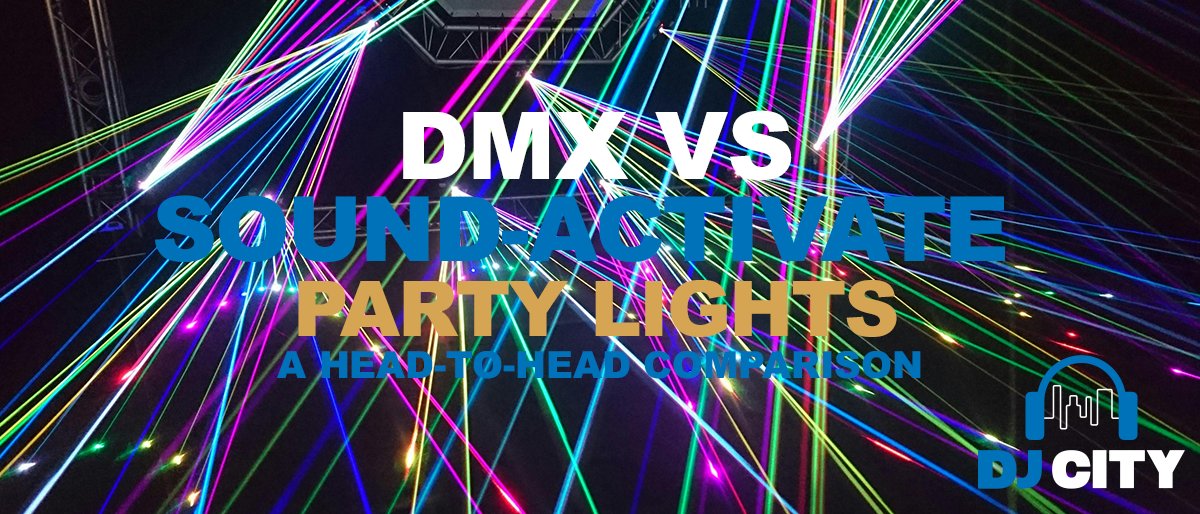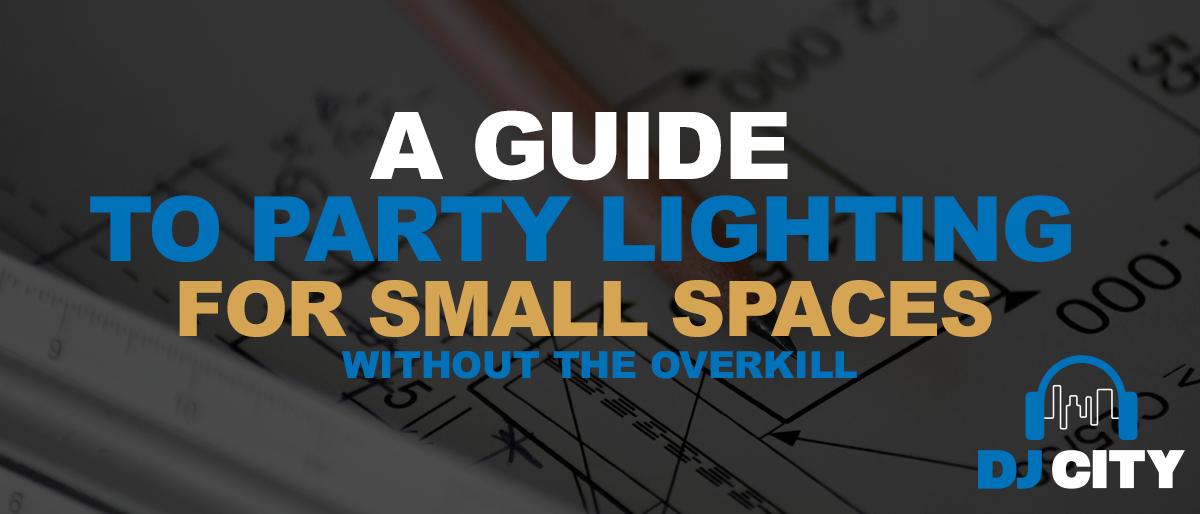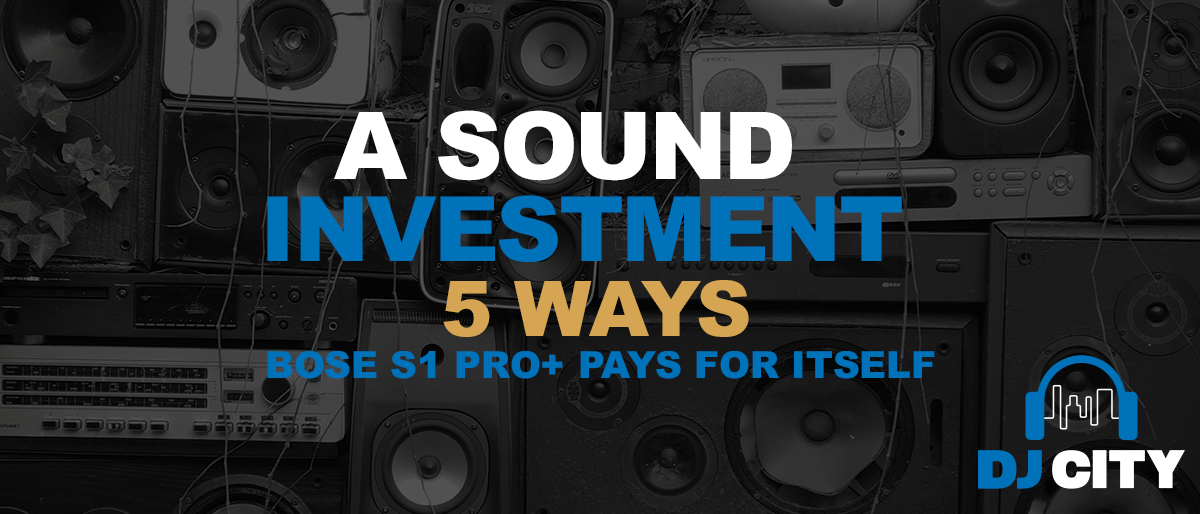
What Is Music Therapy?
As music lovers, we’re passionate about music! However, music is not only used for recreational purposes; it boasts many therapeutic benefits as well.
The Australian Music Therapy Association defines music therapy as a “research-based practice and profession in which music is used to actively support people as they strive to improve their health, functioning, and wellbeing”.
Registered music therapists draw on an extensive body of research, with the intentional use of music for therapy. To qualify, they must complete an approved music therapy program, which involves the clinical and evidence-based use of music interventions to achieve individualised therapeutic goals.
They do this by incorporating a range of music-making methods and techniques in the context of a therapeutic relationship. You’ll find music therapists in a variety of professional sectors including health, community, aged care, disability, and early childhood.
Listening to and making music for therapy differs greatly from musical education and entertainment purposes in so far that it focuses solely on health and wellbeing. Another distinction to other applications of music is that musical skill is actually irrelevant when it comes to music therapy.
In this article, we go over the basics of music therapy, how it can be used and who it can help.
- What is music therapy
- Goals and objectives of music therapy
- Effects on clients
- Exercises for Adults
- Children
- Therapy for Dogs
Definition and Overview
Music therapy is a unique form of therapy that harnesses the power of music to enhance physical, emotional, and cognitive well-being. Unlike simply listening to your favorite tunes for pleasure or to relax, music therapy involves structured interventions designed to meet specific therapeutic goals.
According to the American Music Therapy Association, music therapy is defined as the clinical and evidence-based use of music interventions to accomplish individualised goals.
This means that music therapists work with clients to tailor sessions in a way that addresses their unique needs. These needs can vary from improving motor skills to enhancing communication, or even providing emotional support. By integrating music into the therapeutic process, music therapists create a dynamic and engaging environment that promotes healing and personal growth.
Music therapy is a form of therapy that uses music to promote physical, emotional, and cognitive well-being.
The American Music Therapy Association defines music therapy as the clinical and evidence-based use of music interventions to accomplish individualised goals.
The Benefits of Music Therapy
The benefits of music therapy are vast and varied, making it a valuable tool for improving mental health and overall well-being. One of the most significant advantages is its ability to enhance mental health specifically. Music therapy has been shown to reduce symptoms of depression and anxiety, providing a natural and enjoyable way to manage these conditions.
For instance, engaging in music therapy sessions can help individuals express their emotions, process difficult experiences, and develop coping strategies. The act of making music, whether through singing, playing instruments, or songwriting, can be incredibly therapeutic in and of itself, and offer a sense of accomplishment whilst also boosting self-esteem.
Moreover, music therapy can improve cognitive functions such as attention, memory, and problem-solving skills. This is particularly beneficial for individuals with developmental disabilities or those recovering from brain injuries. By participating in music therapy, clients can experience improved focus, better memory retention, and enhanced cognitive flexibility.
In addition to mental health benefits, music therapy also promotes physical well-being. Activities like drumming or dancing to music can improve motor skills and coordination, making it a valuable intervention for individuals with physical disabilities or those undergoing rehabilitation.
Overall, music therapy offers a holistic approach to health, addressing the mind, body, and spirit. Whether you’re dealing with a specific health issue or simply looking to enhance your overall well-being, music therapy may provide the support and healing you need.
Music therapy improves mental health and wellbeing.
Understanding Music Therapy and its Methods
There are two types of music therapy: receptive music therapy and active, or expressive music therapy. Using active therapy, the patient engages in making vocal and/or instrumental music. In contrast, receptive therapy focuses more on listening to certain types of live or recorded music.
Music Therapy vs Therapeutic Music
The difference between music therapy and therapeutic music is that music therapy is a healthcare profession led by a qualified music therapist with specific goals for the individual, while therapeutic music is a more general method for emotional support that does not require professional guidance.
With music therapy, the healthcare professional will develop a therapeutic relationship with you and help guide you in how listening to music can help.
Music therapists are trained, both in terms of musical skills, and also in how musical therapy can help psychologically. Plus, the existing therapeutic relationship will help them customise your therapy for you.
Therapeutic music, involving listening to music, is generally more self-led and does not require a music therapist.
The Two Types of Music Therapy
As mentioned above, there are two main and overarching types of music therapy: Receptive and Active.
-
Receptive
Receptive therapy involves listening to certain recorded or live music, carefully selected by your therapist. This is shown to improve one’s mood, decrease stress, decrease pain, enhance relaxation and decrease anxiety. Although not a cure for a disease, the use of receptive therapy can definitely help with skills related to coping with disease and illness.
-
Active
Whether singing or playing instruments, patients of active music therapy will engage in music-making in one form or another. For instance, one study proved that patients playing the harmonica can help improve lung function. While another study taught elderly people how to play easy-to-use instruments to successfully overcome physical difficulties.
Goals and Objectives of Music Therapy
The main goal when you participate in music therapy is to achieve specific objectives to meet one’s individual needs. Music therapy methods, such as group drumming, listening, singing, and songwriting, are employed to help clients cope with trauma and foster emotional recovery. For instance, improving motor function, social skills, emotions, coordination, and personal growth.
As per Therapedia; Common goals often cover the development of:
- Communication skills (using vocal/verbal sounds and gestures)
- Social skills (making eye contact, turn-taking, initiating interaction, and self-esteem)
- Sensory skills (through touch, listening, and levels of awareness)
- Physical skills (fine and gross motor control and movement)
- Cognitive skills (concentration and attention, imitation, and sequencing)
- Emotional skills (expression of feelings non-verbally)
The Effects of Music Therapy On Patients
Music therapy has the potential to affect patients’ attention, emotion, cognition, behavior, and communication. People can and have benefitted from music therapy and through music-based interventions tailored to achieve cognitive, physical, and socio-emotional goals. Additionally, it is also used to boost relaxation and pleasure while increasing the patient’s skills in specific areas like pitch height and frequency modulation.
Listening to music has several lasting effects on the activity of a range of brain structures. As a result of several neurological studies, we know music directly affects the core structures of emotional processing, whether or not you’re a musician.
While studies are constantly ongoing and the full effects still being identified, it’s thought that making music can also be used to treat disorders specifically related to dysfunctions and imbalances within the nervous, endocrine, and immune system.
Mental Health: Depression & Anxiety
Evidence suggests that participating in a music therapy session in combination with medication when required can have a positive influence on people with depressive disorders such as depression or severe anxiety. Participants don’t need to possess musical skills, but nevertheless patients who are motivated to work actively with a therapist are likely to see more convincing results.
When it comes to anxiety specifically, music offers an accessible way to calm down and relax – promoting positive energy as a means of managing stress, anxiety and anger issues. Given that music has been shown to relax one’s physical muscles, it should come as no surprise that it is also capable of relaxing one’s mind. Through the subconscious decreasing of tension, worry and stress, users of music therapy often don’t even realise how much emotional baggage they were carrying..
Dementia
Music is also shown to have a positive impact on Dementia and Alzheimer’s patients, especially when guided by a music therapist. The use of sounds can awaken parts of the brain not affected by the disease. Similarly, promoting singing, movement and even brief moments of reconnection with loved ones are all beneficial for sufferers of these diseases. Interestingly, choosing music from a patient’s young adult years (18-25) is shown to give the best results and offers the most potential for recollection and positive engagement.
Several studies have shown that music can lead to tangible improvements in dementia symptoms and a general improved sense of wellbeing. These studies also show a decline in some behavioural issues expressed towards caregivers. Even those patients in the later stages of dementia, can use music to shift their mood, provide a sense of greater control over life, manage stress, stimulate positive interactions with others, facilitate better brain function, and coordinate motor movements.
Music Therapy Session Exercises for Adults
There are endless exercises for adults that are used by music therapists worldwide. Some music therapy programs are specifically designed to benefit adults by addressing their unique needs through structured activities. Below are some of the most common examples, with an explanation of what they involve and how they can help benefit the health and wellbeing of adults.
1. Improvisation
Improvisation, as one of the music therapy methods, calls on your cognitive skills to create sounds and music you’ve never heard before. Therefore, you become more mentally flexible and adaptable while participating in such an in-the-moment exercise. Whether you work with basic chords to improvise a melody or follow simple instructions from your therapist, improvisation has proven benefits for your mind!
2. Songwriting
Songwriting is another proven technique used in a music therapy session. Often guided by your therapist, this is a simple exercise that almost all adults can take part in. If you’re more musically inclined, you may even create a melody and harmony too – for added benefits. Songwriting allows you to deal with your emotions constructively, which is an important aspect of therapy. In this way it gives you a chance to do mental work that’s not only fun but also beneficial to your mental health.
3. Drumming
Often performed in groups, drumming is a great exercise for getting patients involved with their therapy, as well as engaging with others. As one of the most effective music therapy methods, it’s particularly helpful for people who have difficulty communicating in social situations, and for people with autism. Drumming provides a way to interact with others by using the drum beats on a non-verbal level.
4. Performances
Performing music in music therapy programs is a great exercise for building self-esteem. Supported by a therapist, patients participate in a group setting with or without an audience to help them have the opportunity to build self-confidence. Performances involve making a plan, following through with it and finally, achieving success – all of which are beneficial developmental experiences for adults!
5. Movement to Music
Both a receptive and an expressive technique, moving to music is another of the more highly effective music therapy methods. It can help a patient feel a deep connection between their mind and the body which then results in relaxation and reduced stress levels. In many cases, this can lead them to becoming more comfortable with who they uniquely are.
6. Receptive Listening
Receptive listening is a technique used in a music therapy session to listen to music in a focused way. It allows therapists to help people talk about and come to terms with the problems they’re facing within their lives and then build a strong and healthy framework for a better life.
7. Lyric Discussion
Music therapists often use the discussion of lyrics as a music therapy method to help patients identify certain problems in their lives and understand them better. Often, this allows for a safe opportunity to bring up intense feelings and relationship issues, giving the therapist an opportunity to help the patient deal with them.
Music Therapy for Children
There are a lot of benefits from music therapy for children as well.
Music therapists often use live and familiar music in conjunction with physical, social and cognitive activities to stimulate development in infants and children. An approved music therapy program is crucial in providing therapy to children, ensuring that credentialed professionals deliver quality and effective therapeutic practices.
Appropriate music therapy can promote positive interaction, participation, and motivation in young children, especially those already battling disorders such as autism. It can also help by reducing irritability and pain, and encouraging family bonding through the shared experience of listening to soothing music. Making music and writing songs alongside music therapists is largely beneficial in developing creative self-expression for young children, whilst other games for kids such as Musical Bingo, Musical Hot Potato, and singing a selection of songs in group environments, help to effectively promote social interaction.
For adolescents, they often play a much more active role when deciding on a tailored music therapy program. Adolescents are looking to explore a wider range of different activities to find exercises that feel right to them. This can include but is not limited to songwriting, improvisation, and singing songs by their favourite artists. Even the use of technology like our selection of Digital Audio Workstations to produce personalised audio and visual projects, can be highly beneficial. Using live music in addition to relaxation techniques is an effective way to reduce pain and anxiety in adolescents.
Music Therapy for Dogs
Did you know that it’s not just humans who benefit from music therapy? Music therapy is also proven to work with man’s best friend.
Healthcare professionals, including veterinarians and animal behaviorists, are increasingly using music therapy to aid in the recovery and well-being of dogs. Embedding canine-friendly frequencies to relaxing music is becoming increasingly common in order to reduce stress and separation anxiety seen in dogs.
This technique is even more widespread than you might think with the production company RelaxMyDog reaching upwards of 10 million users a month. With an 87% success rate, according to listeners, this exercise might be worth testing out on your dogs!
Check out this clip below for some of the best therapy music to play for your dogs
A Final Word on Music Therapy
There you have it, music therapy can be beneficial to many people (and animals) suffering from a host of different mental and physical problems. It can also provide a positive influence and sense of escape for your average listener.
So if you’re feeling a little stressed out, music therapy may help.
Ready to give it a go and see how listening to music can help you? Make sure you have the right gear to help you do exactly that. We recommend picking up a pair of our studio-quality yet affordable headphones to enable you to simply zone out and listen to your favourite tunes.
If you want to know anything else about music therapy, are interested in discovering how to become a music therapist, or even just want some inside advice on our range of music equipment, get in touch with the DJ City team today.













